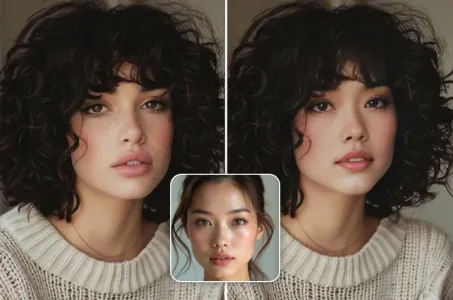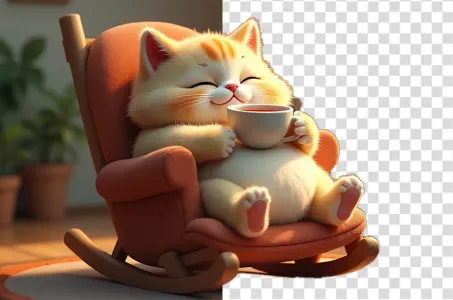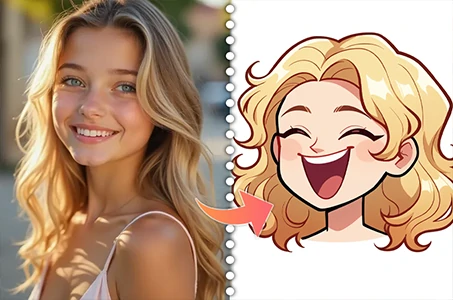There is a glass container with a measuring scale on it
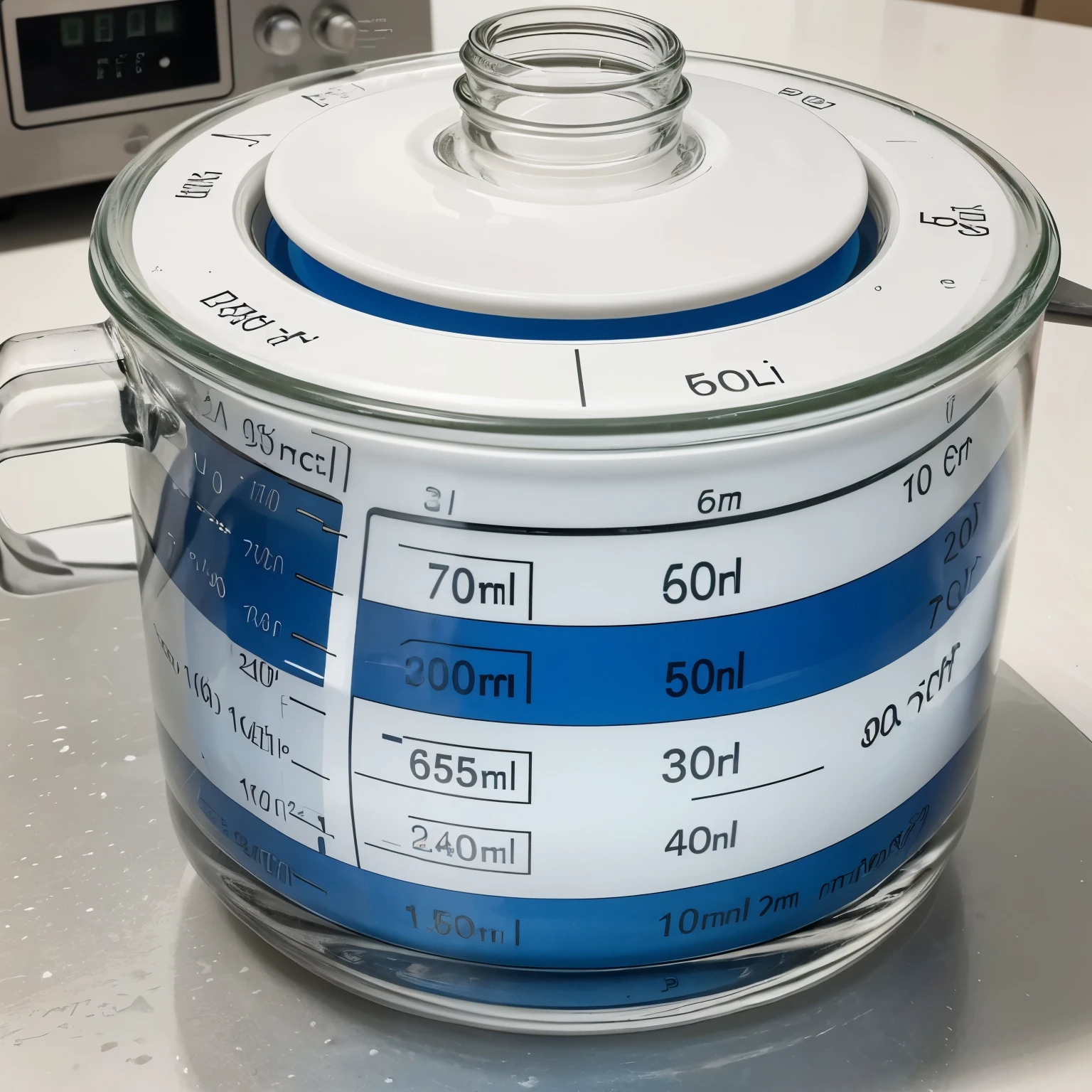
Prompts
Copy
Table A: Validating the Assumption about Insulation
1
.
Measure about 40 ml
.
of distilled water with a graduated cylinder and add to a 150 mL beaker and heat to between 60 and 70°C
.
Work on steps 2 and 3 while the water is heating
.
2
.
Weigh and record the mass of two nested Styrofoam cups and cover in Data Table A
.
Table A: Validating the Assumption about Insulation
3
.
Add about 60 mL of distilled water using a graduated cylinder and reweigh the cups
,
lid and water and record this mass in Data Table A
.
Calculate and record the mass of the "cold water"
.
4
.
Set up your calorimeter as follows: place the nested cups in a 400 mL beaker to prevent spilling the contents
.
Place the lid tightly on the cup
.
5
.
When the warm water is between 60 and 70°C
,
you are ready to measure temperatures
.
Insert the thermometer in the calorimeter
.
6
.
Measure the temperature of the water in the calorimeter (cold water) by inserting the thermometer through the hole in the cup lid
.
When the lid is on the cup
,
the thermometer should not touch the cup's sides or bottom
.
Keep the lid tightly on the cup during measurements so all the heat exchange occurs within the cup
.
Record this temperature in Data Table A
.
7
.
Uncover the calorimeter and quickly pour the warm water into it
.
Be careful not to let the water spatter from the cup
,
or you will lose accuracy
.
Replace the calorimeter cover
.
Swirl the water carefully so as not to splash or spill the water
.
Record the temperature of the mixture in Data Table A as soon as it becomes steady
,
about 30 seconds after mixing
.
8
.
Reweigh the assembly and record the mass in Data Table A
.
Calculate and record the
mass of the warm water you added
.
INFO
Checkpoint & LoRA
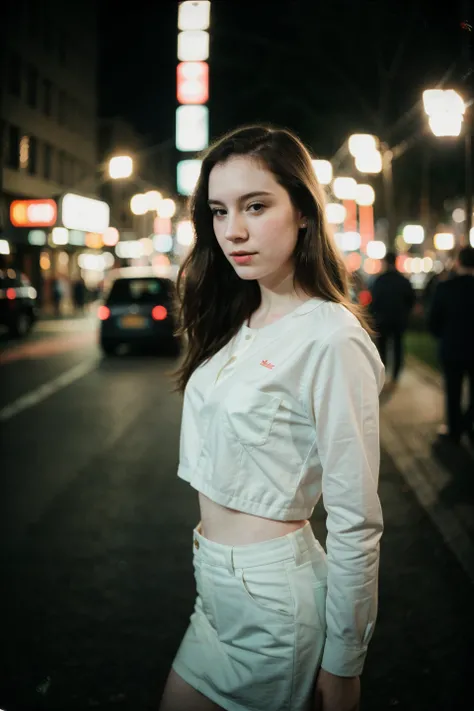
Checkpoint
epiCRealism
0 comment
0
0
0





